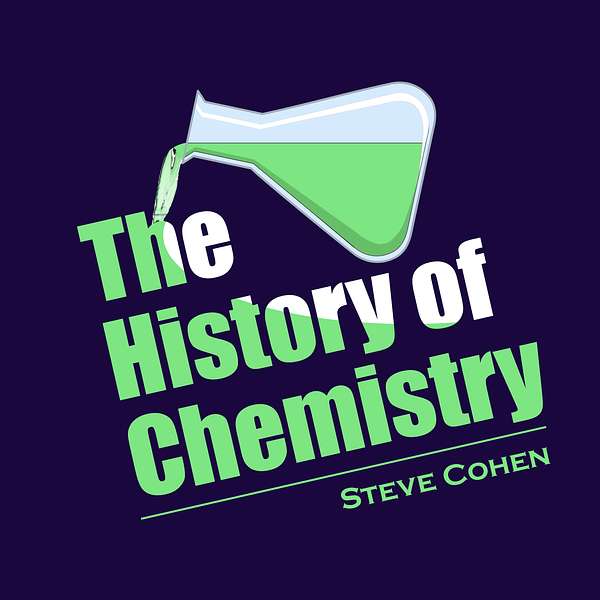
The History of Chemistry
Chemistry is everywhere, and involves everything. But how did chemistry get to be what it is? I'm Steve Cohen, a chemist and writer, bringing you The History of Chemistry. This podcast explores the development of chemistry from prehistoric times to the present, including the people and societies who made chemistry what it is today. The History of Chemistry is for you, whether you hated chemistry in high school, or got a PhD in inorganic chemistry. We'll explore how chemistry affected art, music, language, politics and vice-versa. Whether it's ancient Greek philosophers, medieval alchemists, or modern laboratory apparatus, it's all here. Don't forget to support my series at https://www.patreon.com/thehistoryofchemistry !
The History of Chemistry
106: Natural Order of Things
•
Steve Cohen
•
Episode 106
Through the 1960s up to the 1990s scientists learned how to read DNA's sequence of bases, first by handfuls, then faster and faster. Ray Wu learned to determine the order of a dozen or so bases in the late 1960s. The mid-70's brought Fred Sanger and Alan Coulson's "plus and minus" method, and the first viral DNA sequenced. We then talk of Maxam and Gilbert's method, Kary Mullis' polymerase chain reaction, and Alex Jeffrey's discovery of repetitive sequences. Semi-automatic sequencing arrived in the mid-1980s, and then the Human Genome Project was planned and begun by 1990.
- Support my podcast at https://www.patreon.com/thehistoryofchemistry
- Tell me how your life relates to chemistry! E-mail me at steve@historyofchem.com
- Get my book, O Mg! How Chemistry Came to Be, from World Scientific Publishing, https://www.worldscientific.com/worldscibooks/10.1142/12670#t=aboutBook